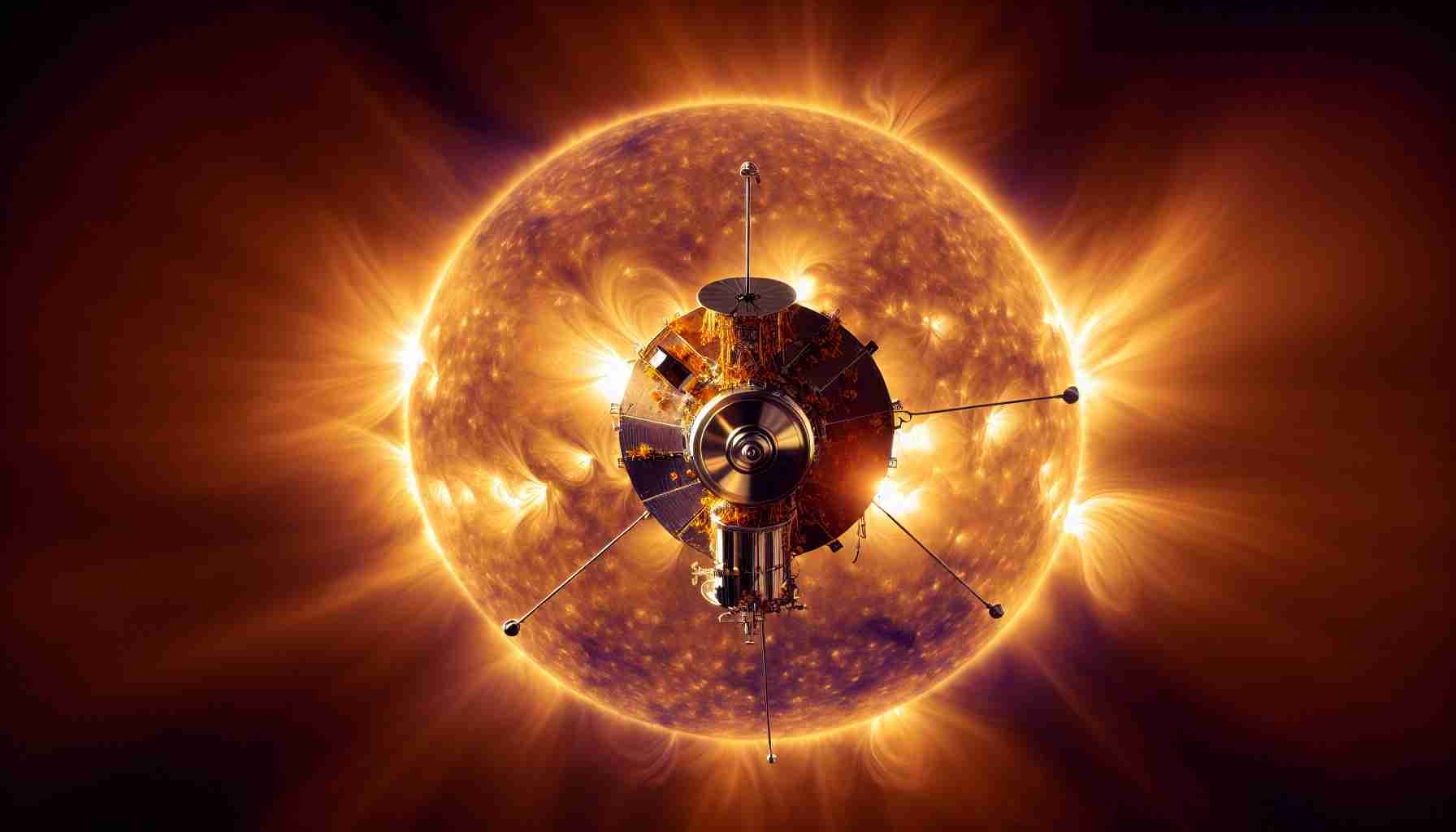The Mysterious Disappearance of Star M31-2014-DS1
In a fascinating twist of cosmic events, a massive star named M31-2014-DS1 has baffled astronomers by suddenly vanishing from the night sky, marking the birth of a black hole in the Andromeda galaxy.
This enigmatic supergiant star, with a mass 20 times greater than that of our sun, underwent a peculiar brightening in 2014, only to dim steadily until it vanished from telescopic view in 2023. Unlike the typical explosive demise of such massive stars in spectacular supernovae, M31-2014-DS1 faded quietly, hinting at a rare phenomenon known as a “failed supernova”.
Instead of the expected fiery explosions, the star’s gradual disappearance raises questions about the nature of its collapse and eventual transformation into a black hole, challenging traditional astronomical beliefs.
Stars like M31-2014-DS1 serve as celestial fusion reactors, converting hydrogen into helium through nuclear reactions that fuel their luminous existence. However, as these stars deplete their hydrogen reserves and accumulate inert iron in their cores, a catastrophic collapse ensues, leading to the formation of black holes or neutron stars.
While the mysterious vanishing act of M31-2014-DS1 intrigues astronomers, it also sheds light on the elusive processes governing the evolution of massive stars and their ultimate fate in the cosmic tapestry.
In addition to the intriguing disappearance of star M31-2014-DS1, there are further captivating aspects and questions surrounding this cosmic phenomenon that continue to puzzle astronomers:
1. What triggered the unusual brightening of M31-2014-DS1 in 2014?
The sudden increase in brightness before its eventual dimming has intrigued scientists, as it deviates from the typical behavior of massive stars nearing the end of their life cycles. Understanding the mechanisms behind this event could provide valuable insights into the stellar evolution process.
2. What role did the star’s chemical composition play in its failed supernova and subsequent transformation into a black hole?
The composition of elements within a star can significantly influence its fate, but the specific impact of M31-2014-DS1’s chemical makeup on its demise remains a subject of debate among researchers. Unraveling this mystery could offer vital clues about the connections between stellar composition and cosmic events.
3. How does the disappearance of M31-2014-DS1 challenge existing theories of stellar evolution and black hole formation?
The atypical nature of M31-2014-DS1’s disappearance has sparked debates within the scientific community regarding the accuracy of current models explaining the life cycles of massive stars. Revisiting and refining these theories in light of this enigmatic event presents a significant challenge for astronomers.
Advantages and Disadvantages:
Advantages:
– The mysterious vanishing of M31-2014-DS1 offers a unique opportunity to deepen our understanding of stellar phenomena and black hole formation processes.
– By confronting existing astronomical theories with unexpected events like this, researchers can refine and enhance their models for a more accurate depiction of the cosmos.
Disadvantages:
– The complexities of unraveling the intricacies of M31-2014-DS1’s disappearance may lead to diverging interpretations and conflicting hypotheses among astronomers.
– The lack of precedent for such a phenomenon complicates efforts to draw definitive conclusions, requiring careful analysis and consideration of all available data.
For further exploration of related topics in astronomy and astrophysics, you can visit NASA’s official website for updates on space science discoveries and ongoing research efforts.













